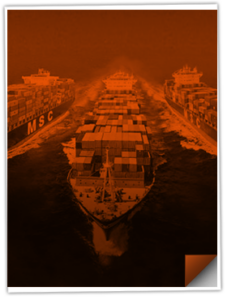What is Less Than Container Load (LCL) Shipping?
LCL shipping is a method used when you don’t have enough goods to fill a whole shipping container. Instead of paying for an entire container, you share space with other shipments. Think of it as carpooling for cargo. It’s a cost-effective way to ship goods internationally without needing to fill a 20 or 40-foot container.
Why Choose LCL Shipping?
Choosing LCL can be a game-changer, especially for small to medium-sized enterprises (SMEs). Here are a few reasons why:
- Cost-Effective: You only pay for the space your cargo occupies, which can save a ton of money compared to Full Container Load (FCL) shipping.
- Flexibility: LCL shipping allows businesses to ship smaller quantities more frequently, keeping inventory levels manageable.
- Accessibility: Perfect for businesses that don’t have enough goods to fill a container but still need to ship overseas.
The LCL Shipping Process
Wondering how it all works? Let’s break it down:
- Booking: You start by booking space with a freight forwarder.
- Consolidation: Your cargo is consolidated with other shipments at a warehouse.
- Shipping: Once consolidated, the container is loaded onto a vessel for its journey.
- Deconsolidation: At the destination, the container is unloaded, and your cargo is separated from others.
Potential Challenges
While LCL is super handy, it’s not without its quirks:
- Longer Transit Times: Since your cargo is sharing space, it might take longer due to additional handling.
- Higher Risk of Damage: More handling can mean more opportunities for damage.
- Complexity: Coordinating with multiple shippers can sometimes be a puzzle.
Interested in learning more about the difference between LCL and FCL? Be sure to check out our Shap Blog “LCL (Less Than Container Load), or FCL (Full Container Load): That Is the Question” where we break down the difference between the two and highlight certain instances where it might be more beneficial to choose one over the other.



